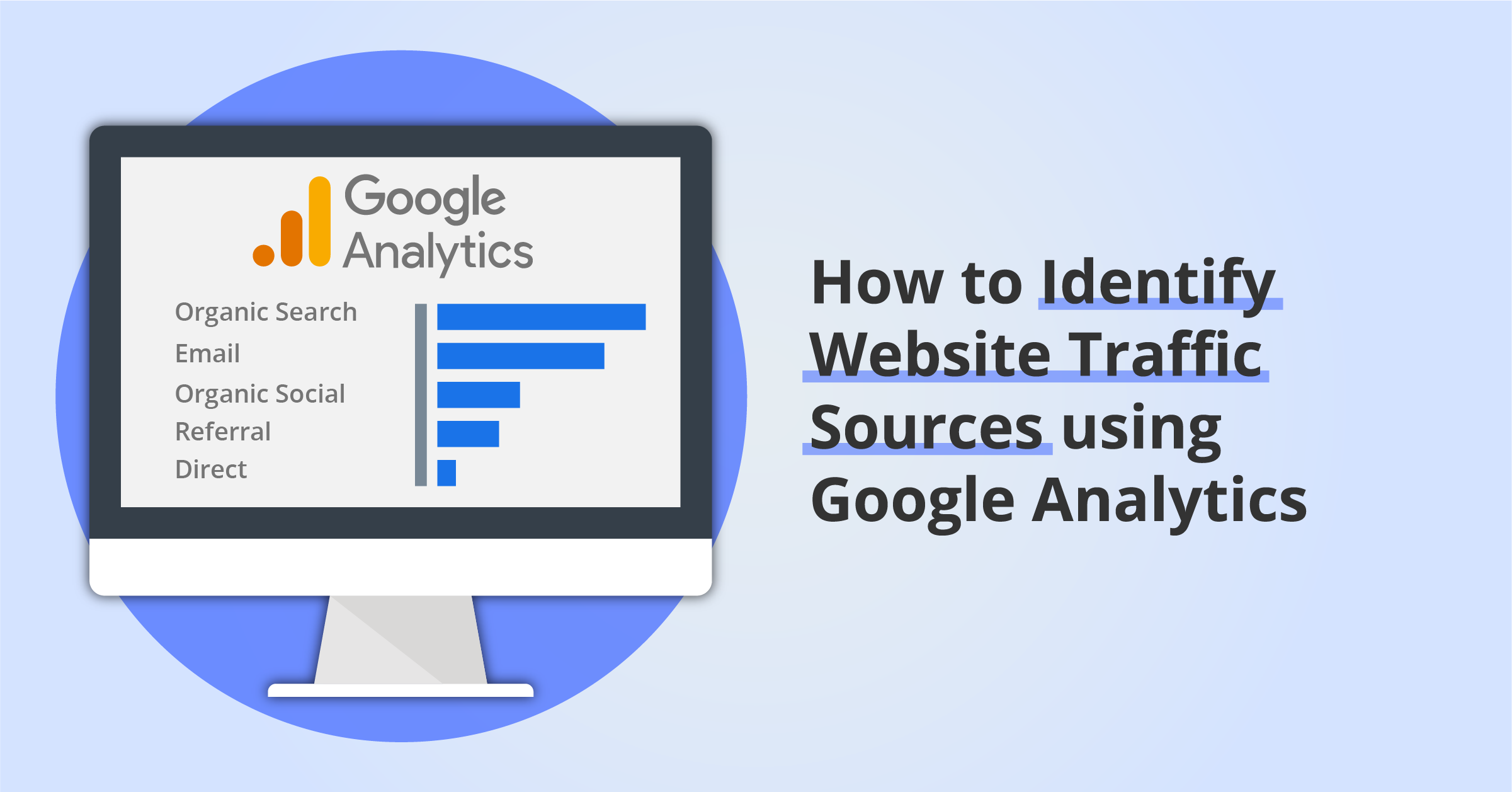Crucial Guide to Secondary Dimensions in Google Analytics: Interpretation, Benefits, and Applications
Wiki Article
Revealing the Effect of Additional Dimension in Google Analytics on Information Evaluation and Insights
In the world of information analytics, the utilization of secondary measurements within Google Analytics has emerged as a critical tool for removing much deeper understandings and unraveling complicated patterns that may or else remain covered. By peeling off back the layers of main information sets, second measurements supply a nuanced point of view that improves the understanding of user habits, website efficiency, and the effectiveness of marketing strategies.Discovering the Idea of Secondary Measurements
Second measurements in Google Analytics give extra understandings by enabling customers to analyze key data along with a second quality. This feature enables an extra complete understanding of the primary information by including another layer of info for evaluation. By integrating secondary measurements, users can delve much deeper into the information and uncover useful relationships that could otherwise go undetected. For instance, by coupling the primary information of site web traffic with second measurements like demographics or habits, marketing professionals can get a much more extensive sight of their target market and tailor their strategies appropriately.By discovering the numerous additional measurements offered in Google Analytics, users can unlock new insights and maximize their electronic advertising and marketing efforts. In significance, secondary measurements offer as a powerful device for improving information analysis and driving workable results.
Enhancing Data Interpretation With Second Dimensions
Having developed the fundamental understanding of second dimensions in Google Analytics and their essential function in data evaluation, the focus currently moves towards leveraging these secondary features to improve the analysis of analytics information (what is a secondary dimension in google analytics). By integrating additional dimensions right into information analysis, analysts can get much deeper insights right into individual actions, web site efficiency, and advertising efficiency

In addition, second dimensions help in contextualizing main data metrics by giving additional layers of info. This contextualization help in comprehending the 'why' behind the information patterns, assisting analysts make notified optimizations and choices to improve general performance. Inevitably, incorporating additional dimensions improves the data analysis procedure, resulting in more calculated activities and purposeful insights.
Revealing Hidden Insights With Additional Measurements
Exploring the midsts of analytics information with second measurements discloses valuable insights that would or else visit stay covered. By incorporating second measurements in Google Analytics, businesses can unearth hidden patterns, trends, and connections that give an even more comprehensive understanding of individual actions and site performance. These additional layers of data enable experts to dig deeper into the main dimensions, such as website traffic resources or touchdown pages, and get a much more nuanced viewpoint on how different variables communicate with each various other.Through making use of second measurements, analysts can segment and compare data across different dimensions, allowing them to identify specific elements that affect individual engagement, conversion prices, and general success metrics. For example, by combining the primary dimension of 'tool classification' with the additional dimension of 'age,' marketers can determine which age demographics favor accessing the internet site via mobile phones versus desktops. This level of granularity equips services to make data-driven choices and maximize their approaches for better outcomes. Eventually, discovering hidden understandings with secondary measurements boosts the depth and precision of information analysis, resulting in more educated decision-making and enhanced performance results.
Leveraging Secondary Measurements for Actionable Analytics
Structure upon the understandings unveiled with secondary measurements in Google Analytics, companies can now harness this enriched data landscape to drive workable analytics and tactical decision-making. By leveraging additional dimensions, organizations can dig deeper into their data to remove beneficial patterns, patterns, and relationships that may have previously gone undetected. This deeper level of analysis makes it possible for businesses to get a much more extensive understanding of individual habits, project efficiency, and overall internet site efficiency.One trick benefit of utilizing second dimensions for actionable analytics is the ability to sector information based upon certain standards. This segmentation permits services to customize their projects and techniques to different audience groups, bring about a lot more targeted and reliable marketing initiatives try this - what is a secondary dimension in google analytics. Furthermore, additional measurements give a more holistic view of individual communications, enabling companies to maximize their published here web site content, style, and overall individual experience
Making Best Use Of Decision-Making With Additional Dimensions
To enhance calculated decision-making in analytics, leveraging secondary dimensions in Google Analytics can provide an extra nuanced viewpoint on individual habits and campaign efficiency. By incorporating additional dimensions into information analysis, organizations can delve deeper into the specifics of their site visitors' interactions and engagement patterns. This additional layer of details permits an extra comprehensive understanding of how different variables, such as demographics, tools, or traffic resources, impact crucial performance indicators.
Verdict
To conclude, the use of second dimensions in Google Analytics plays an essential function in enhancing information analysis and uncovering covert insights. By exploring this idea, one can obtain a deeper understanding of user behavior and make educated decisions based on actionable analytics. Leveraging second measurements permits for a more comprehensive analysis of data and optimizes the performance of decision-making procedures.
Report this wiki page